Why do high-end ribbon slitting machines use servo motors? Stability increased by 80%!
The core reason for the high-end ribbon slitting machine is that it significantly improves the key performance such as tension control, slitting accuracy, and dynamic response, and truly achieves a leap in stability, efficiency and yield. Here's an in-depth breakdown:
First, the core advantages of servo motors
1. The tension control accuracy is increased by more than 80%.
• Traditional motor: relying on magnetic particle brake or mechanical clutch, the tension fluctuation range ±5%~10%.
• Servo Motors:
◦ Closed-loop control (real-time feedback from the encoder), the tension fluctuation can be controlled within ±0.5%.
◦ Example: When slitting a 1mm narrow ribbon, the servo system can stabilize the winding tension at 0.8±0.004kg to avoid belt breakage or interlayer sliding.
2. Extremely fast dynamic response
• The acceleration/deceleration time is shorter than that of the stepper motor by more than 50%, especially suitable for high-speed start and stop (such as non-stop for roll change when the slitting speed is 300 m/min).
• Application Scenarios:
◦ When slitting resin-based ribbons, transient load changes (e.g., uneven coating) can be compensated by the servo system in milliseconds.
3. The slitting accuracy reaches ±0.02mm
• The positioning repeatability error of servo motor + high-precision ball screw is ≤0.02mm, which meets the strict requirements of electronic grade ribbons (such as RFID tags).
• Comparison: The accuracy of traditional slitting machines is usually ±0.1mm.
4. Reduce energy consumption by 30%~50%
• Servo motors output torque only when needed, with little to no power consumption when no load is needed, while traditional motors waste energy by running continuously.
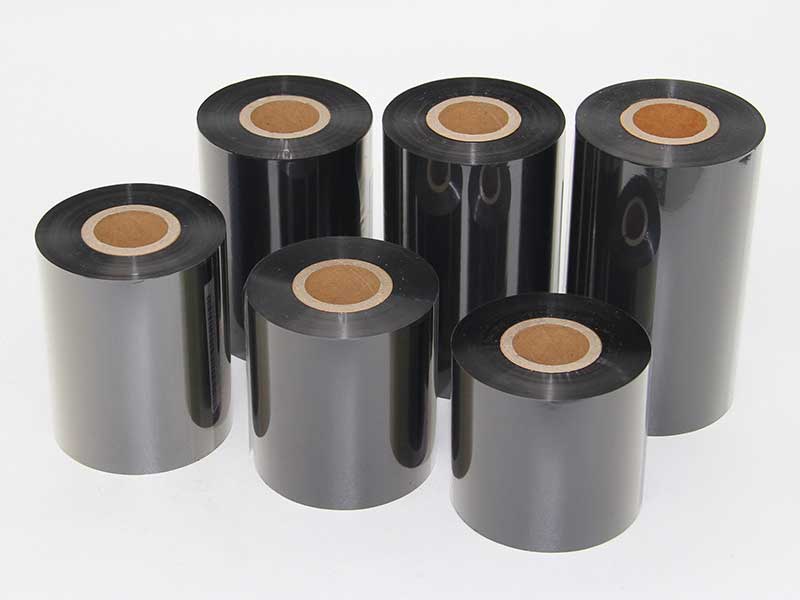
Second, how does the servo motor solve the pain points of ribbon slitting?
1. Eliminate "serpentine mistracking"
• The edge of the ribbon is easy to fluctuate during slitting (due to material elasticity or uneven coating), and the servo motor controls the deviation within ±0.3mm through real-time deviation correction (EPC system linkage).
2. Avoid "curling chrysanthemum patterns"
• The uneven winding tension of the traditional motor will cause the inner layer to be extruded and deformed (forming chrysanthemum-like folds), which can be perfectly solved by the taper tension control of the servo system.
3. Slitting ultra-thin ribbon does not break
• Ultra-thin ribbons below 6 μm are extremely sensitive to tension, and the "soft start" function of the servo motor prevents breakage due to excessive tension in the moment.
4. Compatible with multi-material slitting
• The same machine can quickly switch between servo parameters to cut wax-based, mixed-based and resin-based ribbons without mechanical adjustment.
Third, the servo system architecture of the high-end slitting machine
| module | function |
| Main drive servo | Control the speed of the slitting spindle to ensure that the linear speed is constant (±0.1%). |
| Rewinding/unwinding servo | Double servo synchronization, dynamic adjustment of tension (such as unwinding tension 2kg→ winding tension 1.8kg, taper 10%). |
| Guiding servo | With the photoelectric sensor, the ribbon position can be corrected in real time (response time≤ 20ms). |
| Tool servo | Precise control of the advance and retreat of the round knife (the overlap amount is adjustable by 0.01mm) to avoid incision burrs. |

Fourth, the industry benchmark equipment case
1. Japan Iwata SL-1000
• Servo configuration: 6-axis servo system (Yaskawa Σ-7 series).
• Performance: Slitting speed 400 m/min, tension fluctuation ± 0.3%, suitable for 5μm ultra-thin resin ribbon.
2. German Muehlbauer TTS
• Innovation: servo motor + AI algorithm, automatically learn the characteristics of the ribbon and optimize the slitting parameters.
Fifth, why don't low-end equipment use servo motors?
1. Cost factor: The price of servo system is 3~5 times that of the traditional solution.
2. Technical threshold: It needs to be equipped with high-precision sensors and PLC programming, and the maintenance is complex.
3. Difference in demand: Low-end ribbons (such as ordinary labels) have low precision requirements, which can be met by traditional motors.
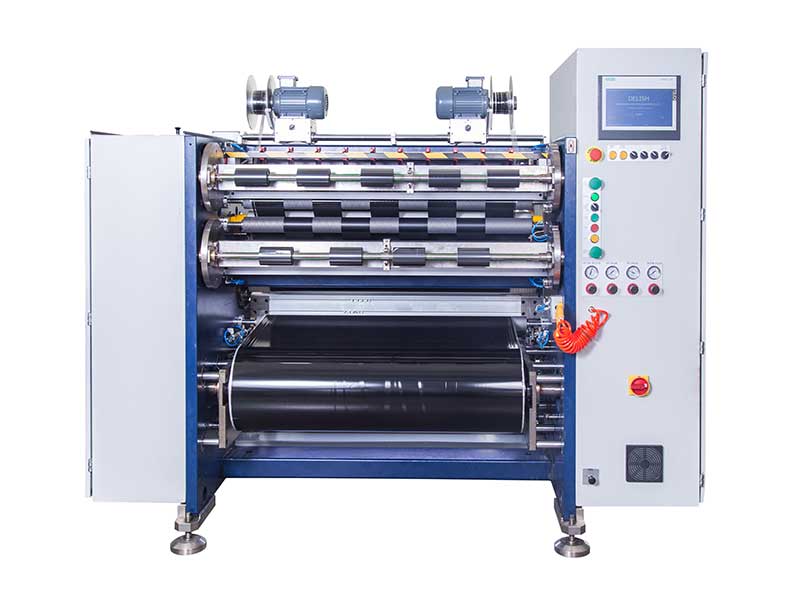
Sixth, user selection suggestions
• Required servo motor scenario:
◦ Slitting high-end resin-based/metal-based ribbons.
◦ Slitting width ≤0.5mm or speed≥200 m/min.
◦ The temperature and humidity of the production environment fluctuate greatly (the servo has strong anti-interference).
• Compromiseable Scenarios:
◦ Low-speed slitting (≤50 m/min) ordinary wax-based ribbons.
summary
Through the three core values of precise control, fast response and high efficiency and energy saving, the servo motor has become the "heart" of the high-end ribbon slitting machine, which directly determines the competitiveness of the product. For enterprises pursuing zero-defect slitting, servo system is not an option, but a must.
Recent Post
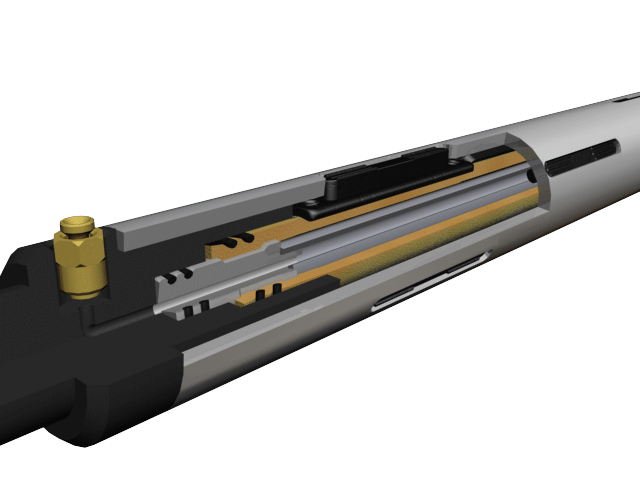 The slip shaft and inflatable shaft of the slitting machine13. November, 2023
The slip shaft and inflatable shaft of the slitting machine13. November, 2023 What are the factors that affect the tension of the slitting machine?31. August, 2023
What are the factors that affect the tension of the slitting machine?31. August, 2023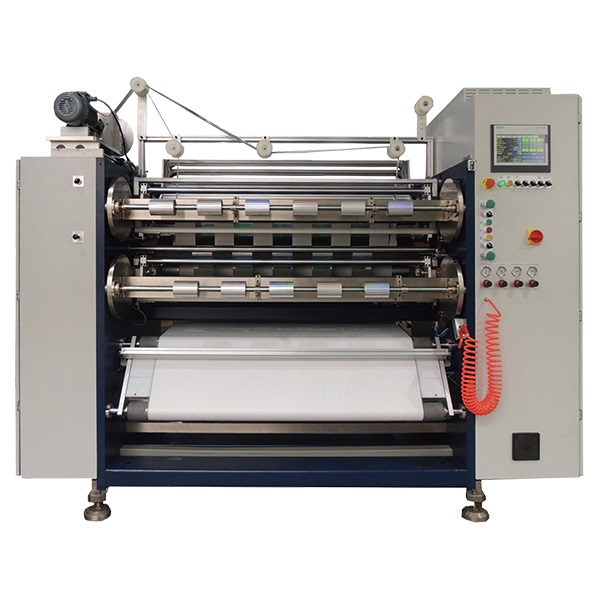 Where to see the advantages and disadvantages of film slitting machines?23. September, 2023
Where to see the advantages and disadvantages of film slitting machines?23. September, 2023
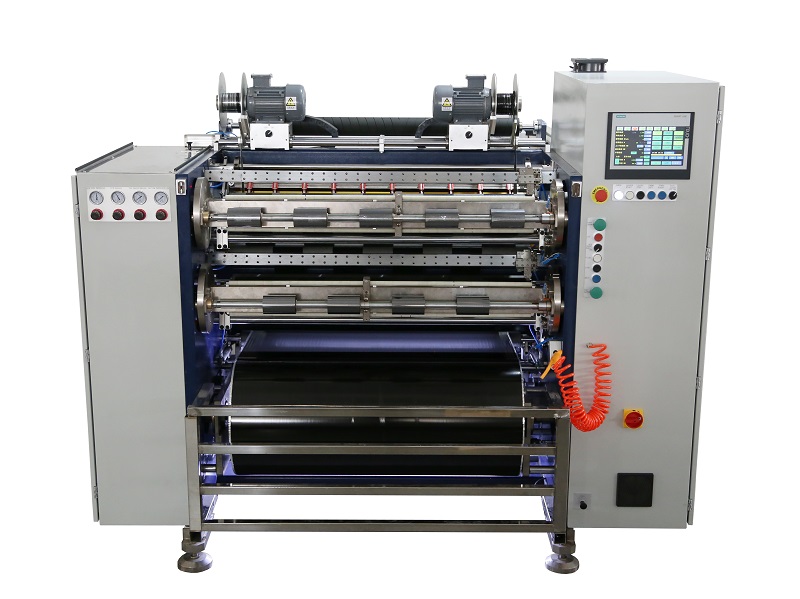 Fully Automatic TTR Slitter RSDS8 Plus
Fully Automatic TTR Slitter RSDS8 Plus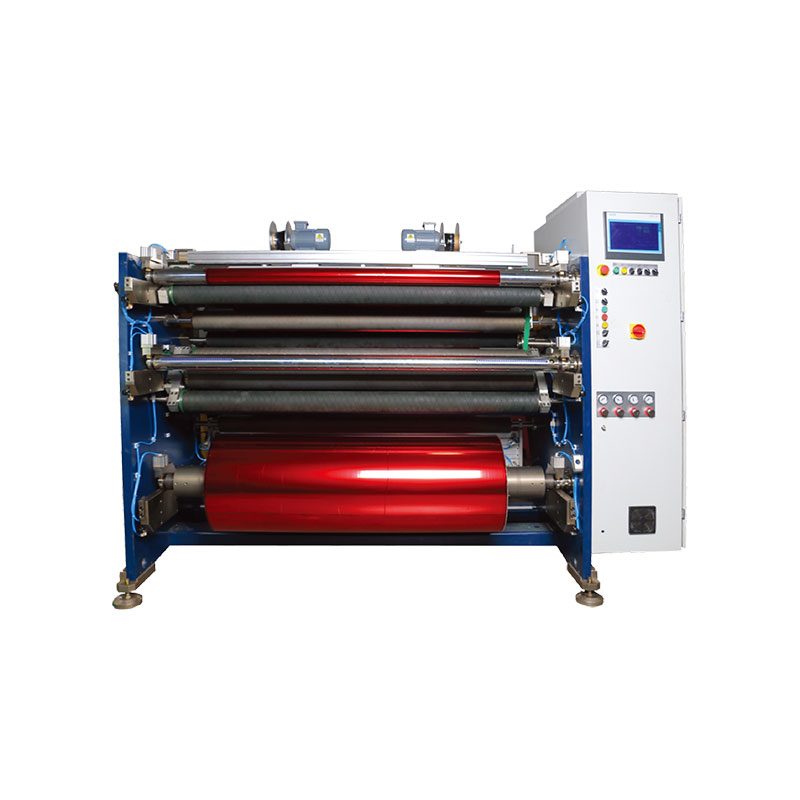 Hot Stamping Foil Slitter 1600mm
Hot Stamping Foil Slitter 1600mm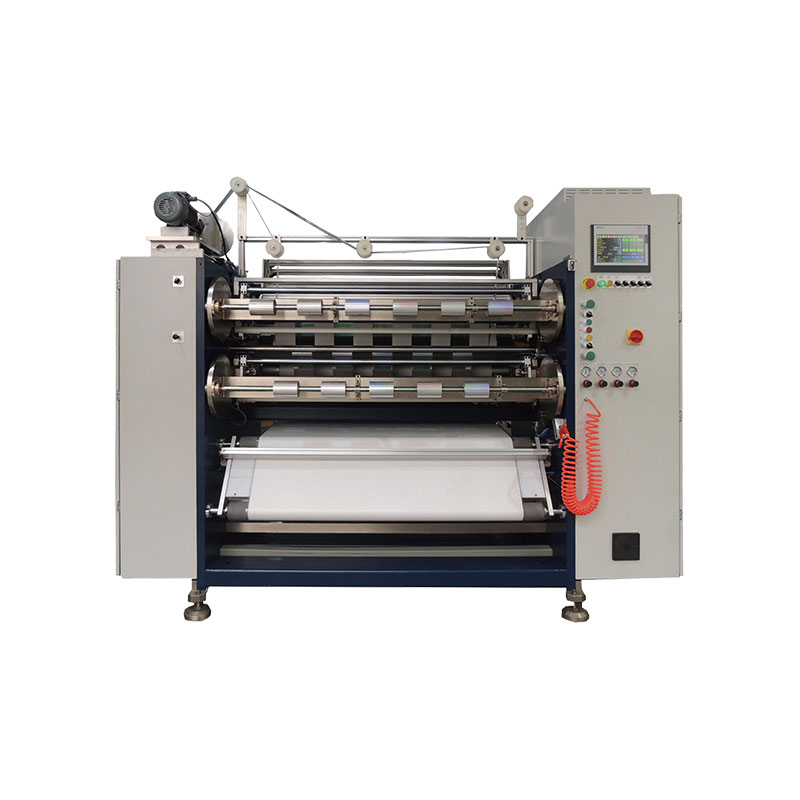 Hot Stamping Foil Slitter (4 Shafts)
Hot Stamping Foil Slitter (4 Shafts)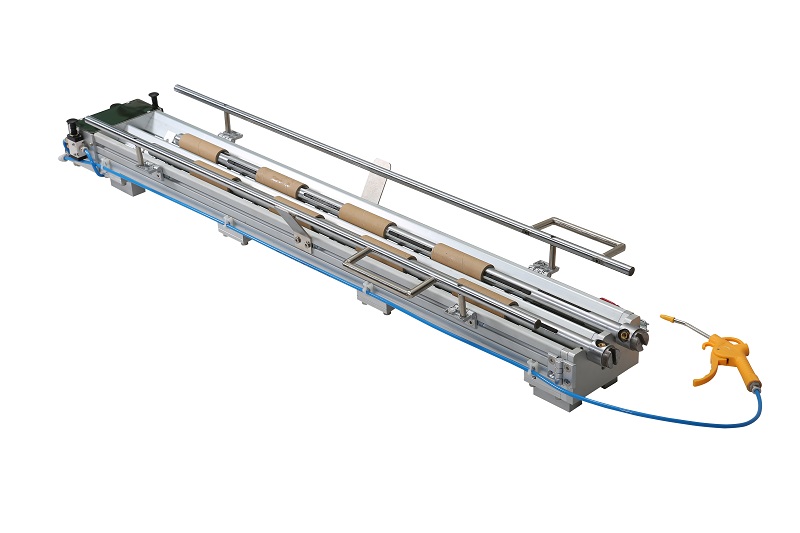 Paper Core Loading Machine
Paper Core Loading Machine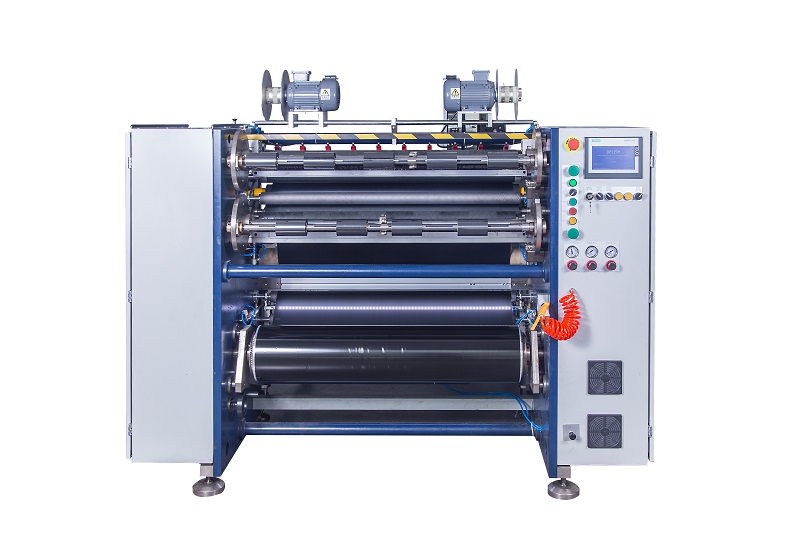 Semi-Auto TTR Slitter RSDS2 Plus
Semi-Auto TTR Slitter RSDS2 Plus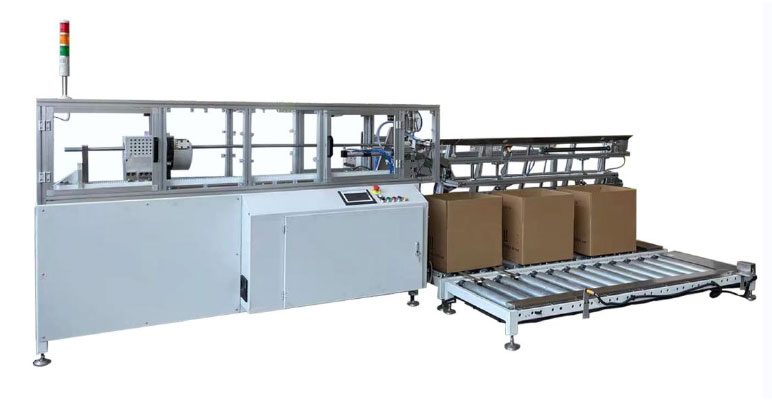 Auto Paper Core Cutter
Auto Paper Core Cutter Semi Automatic TTR Slitter RSDS5 Plus
Semi Automatic TTR Slitter RSDS5 Plus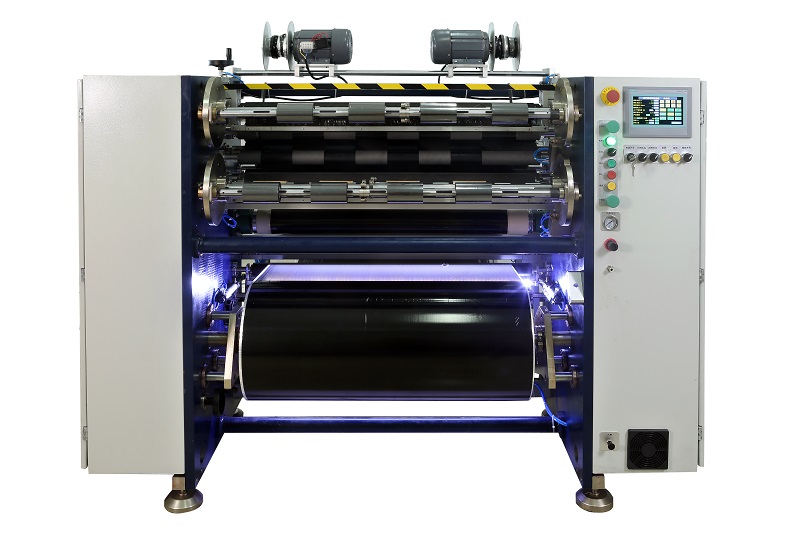 Manual TTR Slitter RSDS2
Manual TTR Slitter RSDS2





